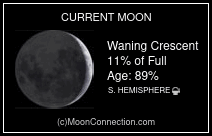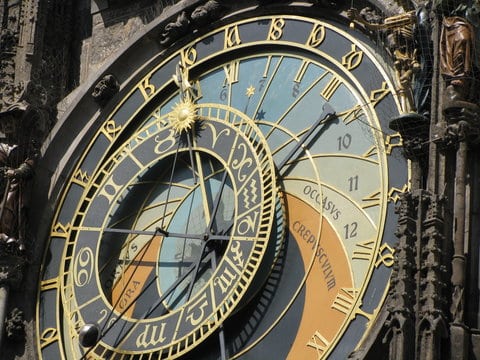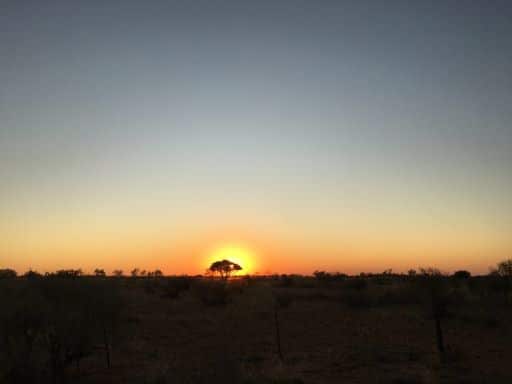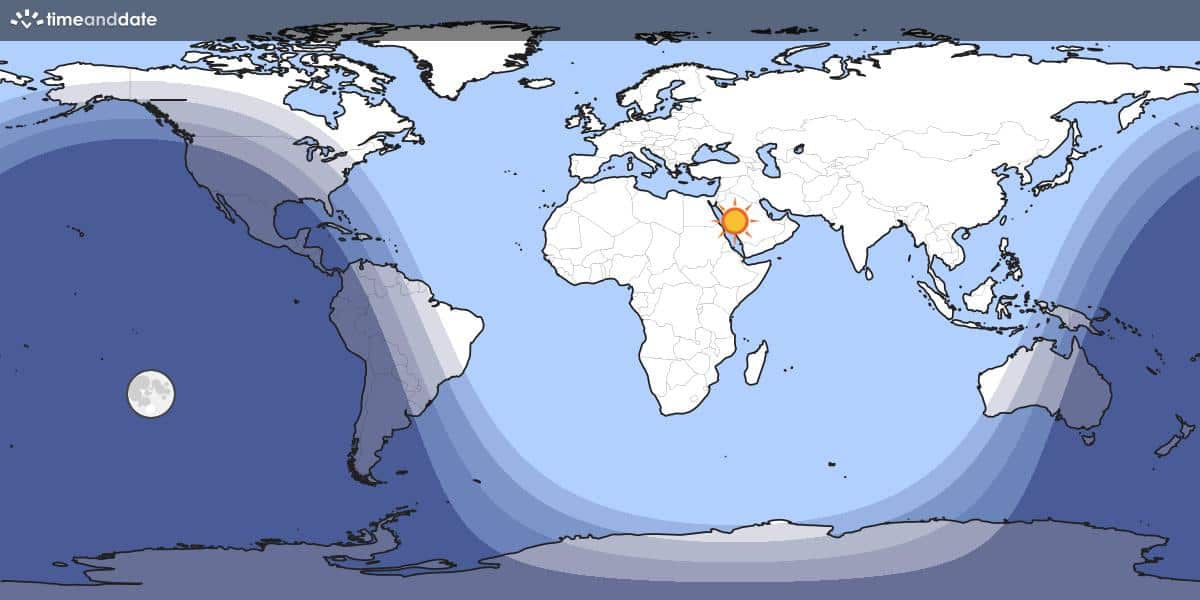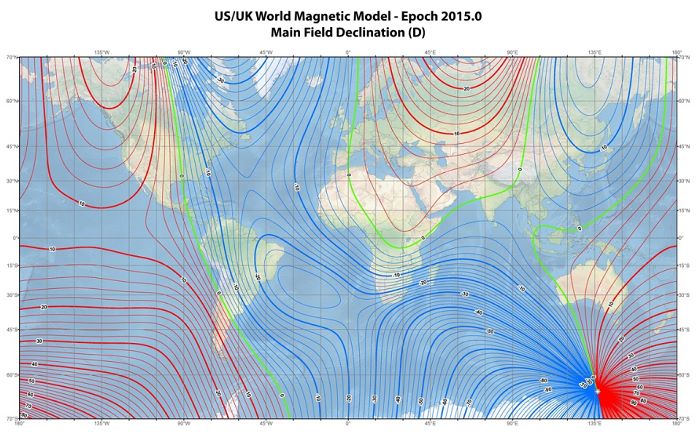Bar – Chart 9
Steve Gottlieb’s Observations
S-L 542 = OGLE-CL LMC 556
05 31 19 -70 12 54; Men
V = 12.6; Size 0.6′
30″ (10/14/15 – OzSky): at 394x; fairly bright, moderately large, round, 40″ diameter, mottled but no clear resolution. A mag 12.8 star is 0.9′ NW. Picked up 4.6′ SW of NGC 2019.
Notes: Shapley-Lindsay: 35″, “Fairly condensed, unresolved.”
BSDL 2196 = OGLE-CL LMC 561
05 31 44 -70 12 05; Men
Size 0.4′
30″ (10/14/15 – OzSky): at 394x; very faint, small, round, low surface brightness patch, 20″ diameter, no resolution. Picked up 2.7′ SW of NGC 2019 and 2.2′ NE of S-L 542.
NGC 2019 = ESO 056-145 = S-L 554
05 31 57 -70 09 36; Men
V = 10.9; Size 1.5′
30″ (10/14/15 – OzSky): at 394x; extremely bright, large, 50″ diameter, sharply concentrated with a large intense core and smooth halo, no resolution. NGC 2019 is one of 15 bona-fide ancient GC’s in the LMC.
S-L 542 (brightest of 3 nearby clusters) is 4.6′ SW, BSDL 2196 is 2.7′ SW and S-L 544 is 5′ NNW.
Notes: James Dunlop discovered NGC 2019 = D 98 = D 99 = h2905 on 24 Sep 1826. He logged D 99 as a “faint nebula, 10″ diameter, round, slightly brighter towards the center.” His offset from NGC 2005 (26′ in dec), the previous object in the drift, is a perfect match. D 98, recorded on 27 Sep 1826, was described as “a round, pretty well defined nebula, 15″ or 20″ diameter”. With respect to NGC 2058 (the next object in the drift), his offsets land 4′ E.
John Herschel rediscovered NGC 2019 on 11 Nov 1836 (sweep 748) and recorded the cluster as “B; R; gradually brighter in the middle; 60”. He observed it on two sweeps and his position is just off the east side. On the first observation, though, his polar distance was 1° further north, but he rejected that (correctly) in favor of the polar distance in the second sweep.



